Today, Leica has announced the highly anticipated M10 Monochrom. Now in its third generation, the black and white digital camera from Leica is based off of the capable M10-P digital rangefinder platform. Unlike prior generations of Monochrom M cameras which utilized the same underlying sensors as their color siblings, but with the color filter arrays removed, the M10 Monochrom features an entirely new 40 megapixel chip not found in any other Leica camera.
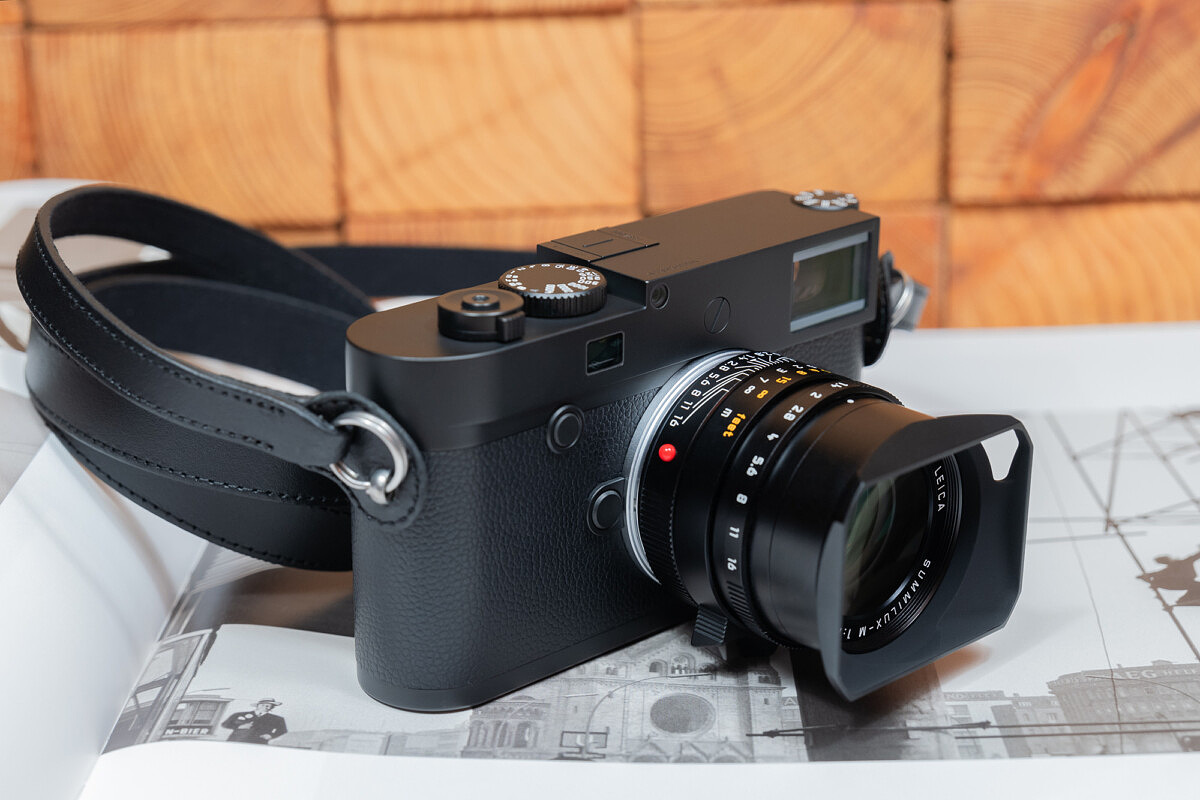
Combined with the lack of interpolation on a monochrome sensor, the jump from 24 to 40 megapixel promises to offer a massive increase in resolving power over the already impressive M10. The two prior Monochrom cameras also proved to be more capable in high ISO performance over their color counterparts due to the lack of color filtration light loss and color noise resulting from per channel gain.
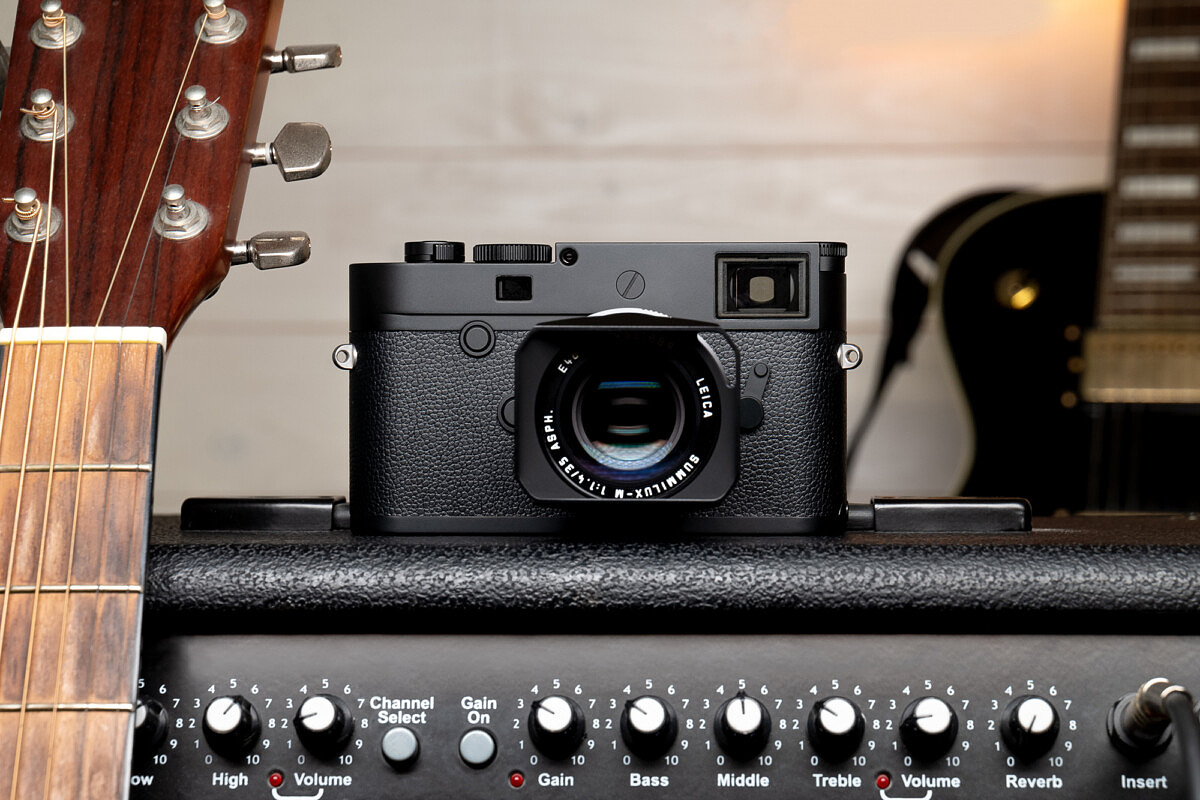
Ultimately, the net result was a solid 1.5 – 2 stop improvement. We'd expect the same here versus the M10, which means that instead of excellent ISO 10,000 as found on both the M10 and current M246 Monochrom, we should be treated to a very workable ISO 25,600, or even ISO 50,000. This supposition seems backed up by expanded sensitivity range, now going all the way to up to ISO 100,000. For comparison, the M246 maxed out at 25,600.
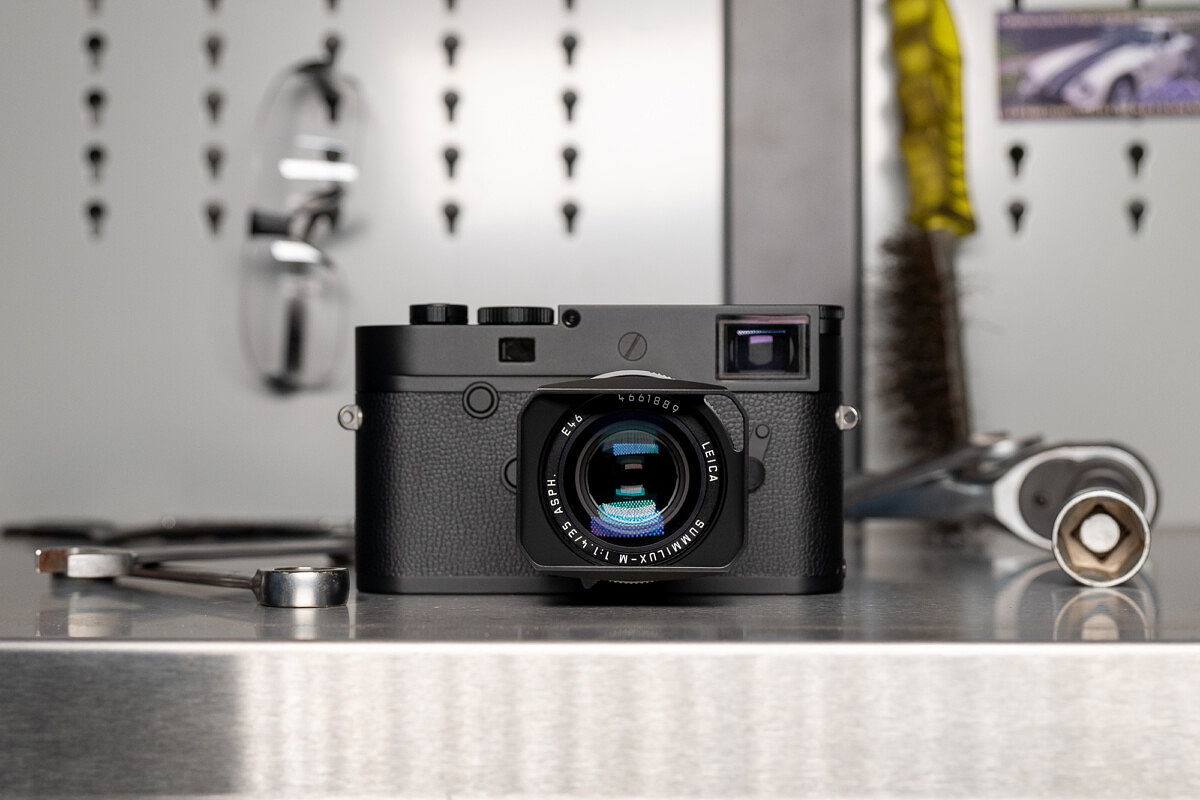
At the low end, rather than stick with the somewhat high base ISO of 320 as in previous iterations, the new M10 Monochrom drops down to a native ISO 160. This should be a welcome change for those looking to shoot at wider apertures in bright light without using an ND filter or a lower quality, non-native PULL setting.
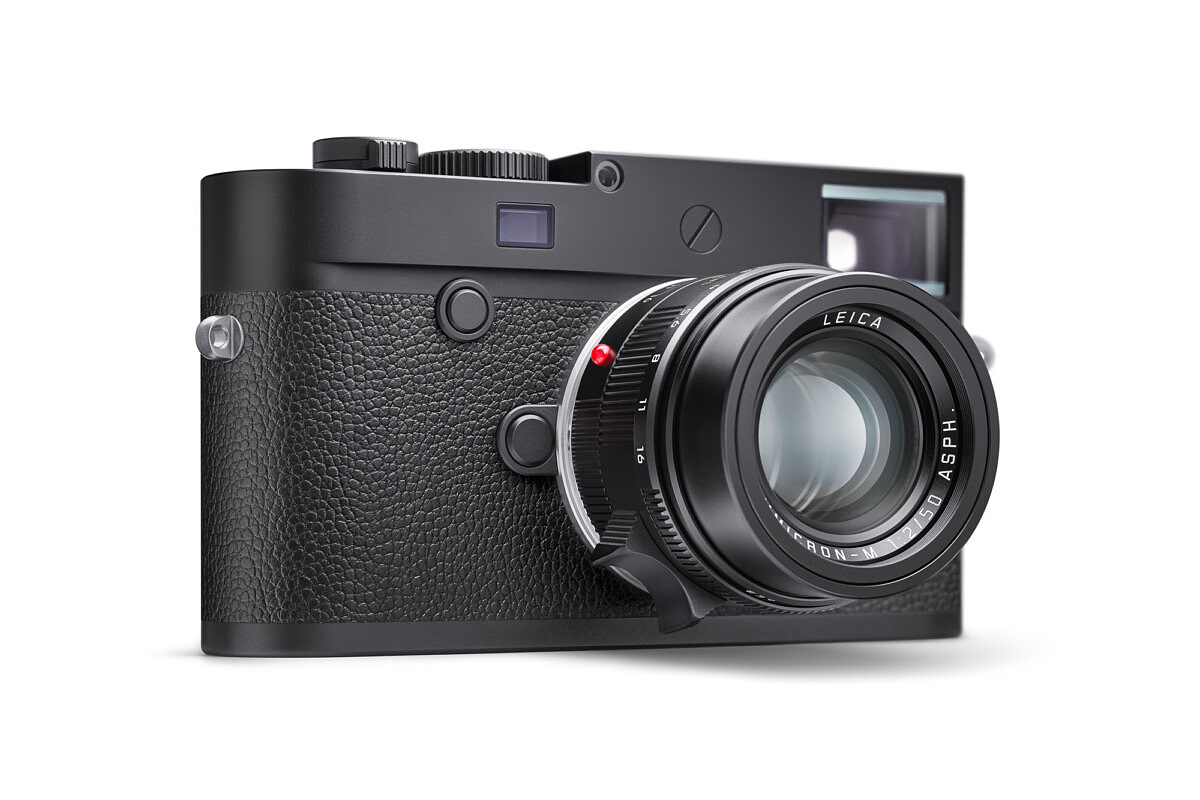
Because the camera is based off the more refined M10-P, M10 Monochrom shooters coming from the previous M246 will now be treated to many generational updates. This means a thinner body, ultra-quiet mechanical shutter, one million dot 3” LCD touchscreen, improved optical viewfinder, ability to use the more capable Visoflex 020 EVF with GPS functionality, a faster continuous burst rate of 4.5 fps, more responsive live view, built-in Wi-Fi for FOTOS app connectivity, a physical top-mounted ISO dial, more intuitive menu system and the new universal ‘three button' interface now found on all current Leica digital cameras.
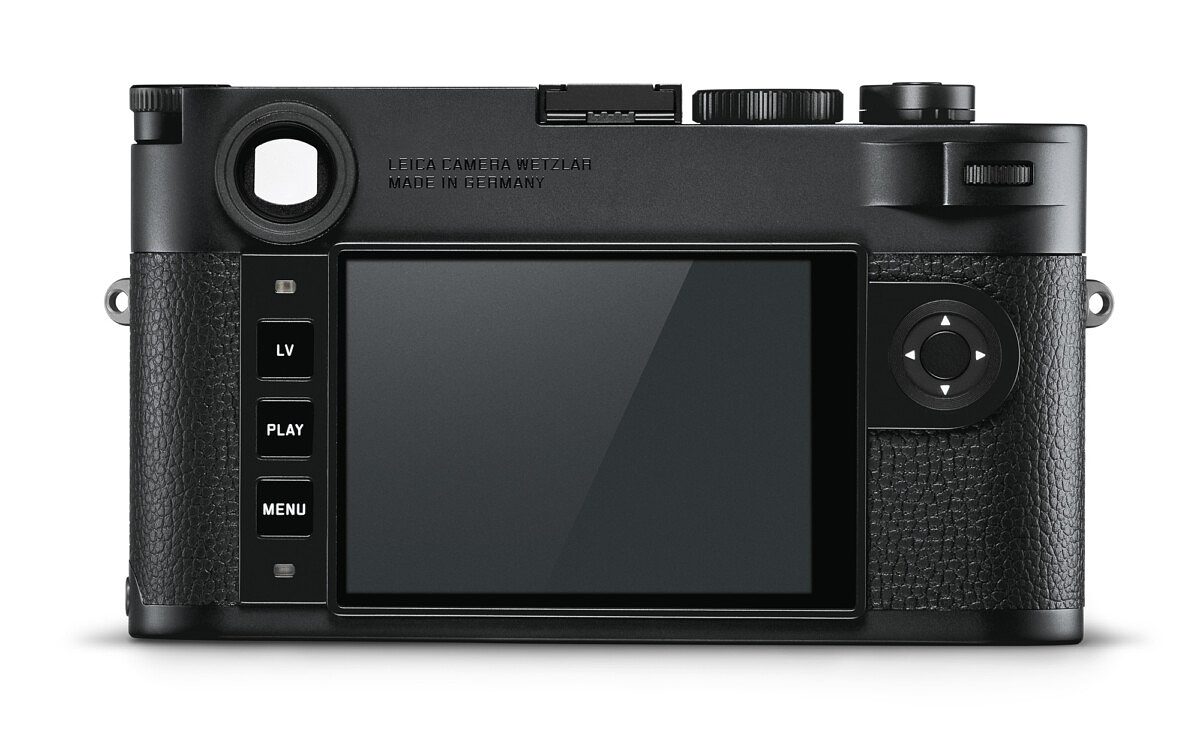
For styling, the Monochrom has gotten even more subdued than ever. Understated black chrome and textured black leatherette come standard, as before. But the shutter release, lens release button and front function button are now all finished in flat black rather than contrasting chrome. There is no script or red dot logo to be found, only a subtle, black-on-black engraving that simply reads ‘MONOCHROM’ in front of the black hot shoe on the top plate. Even the dials are devoid of color. No more red ‘A’ markings on the shutter speed or ISO dial – just a simple gray to separate this choice from the other white-painted engraved numbers. The camera looks to be all business.
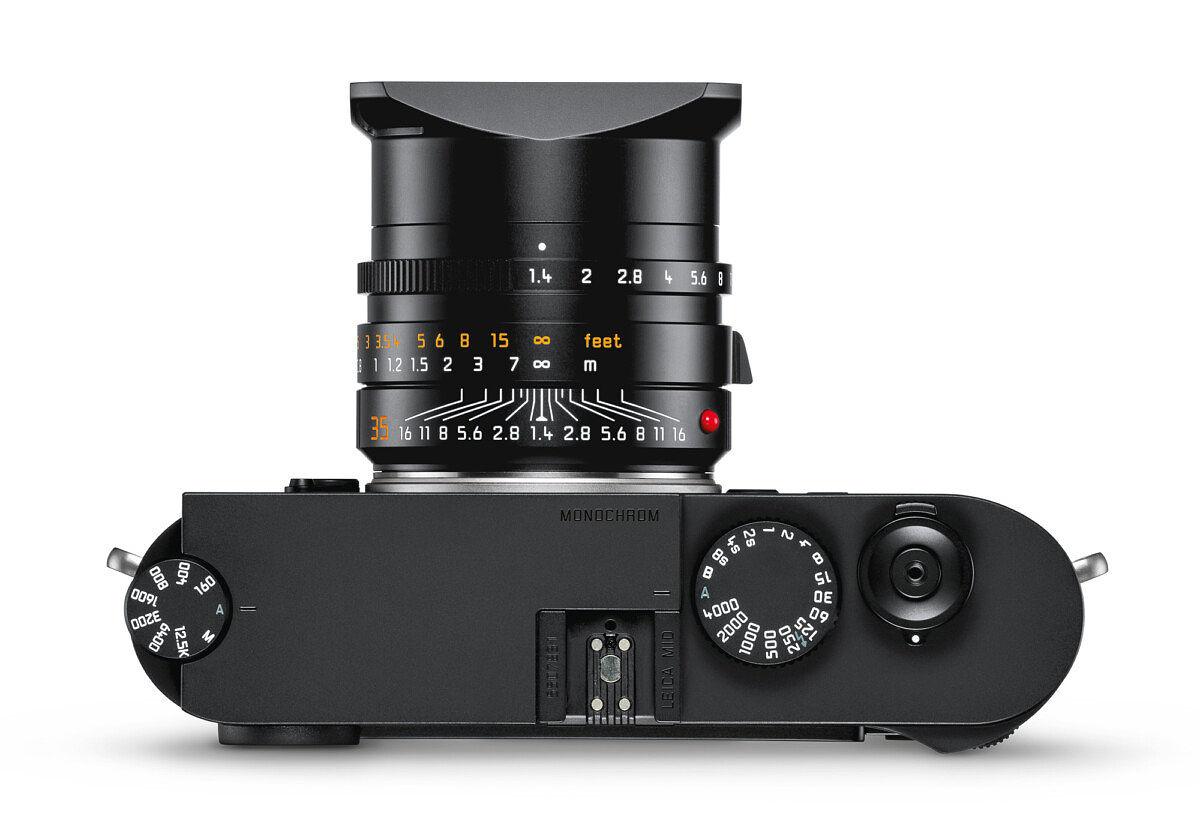
Overall, the M10 Monochrom impresses. – both as an improvement over the past two generations, as well as a surprise update from the M10 itself. We certainly wouldn’t have predicted the resolution jump from the color version but welcome the added imaging prowess of the new sensor. And packing the latest technological refinements like the virtually inaudible shutter and improved high ISO capability, the new camera is simply everything we wanted in a modern M Monochrom.
Video Overview
Timeline of Leica M Monochrom Cameras
Leica M Monochrom (M9M)
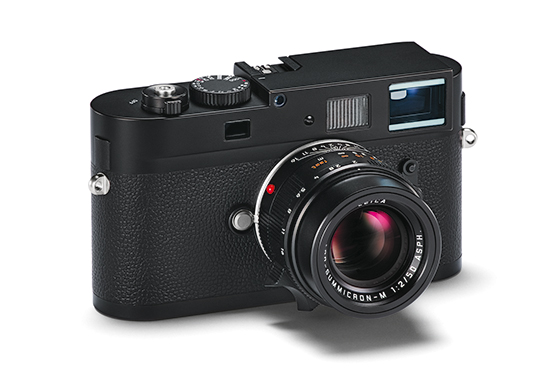
Leica M Monochrom (Typ 246)
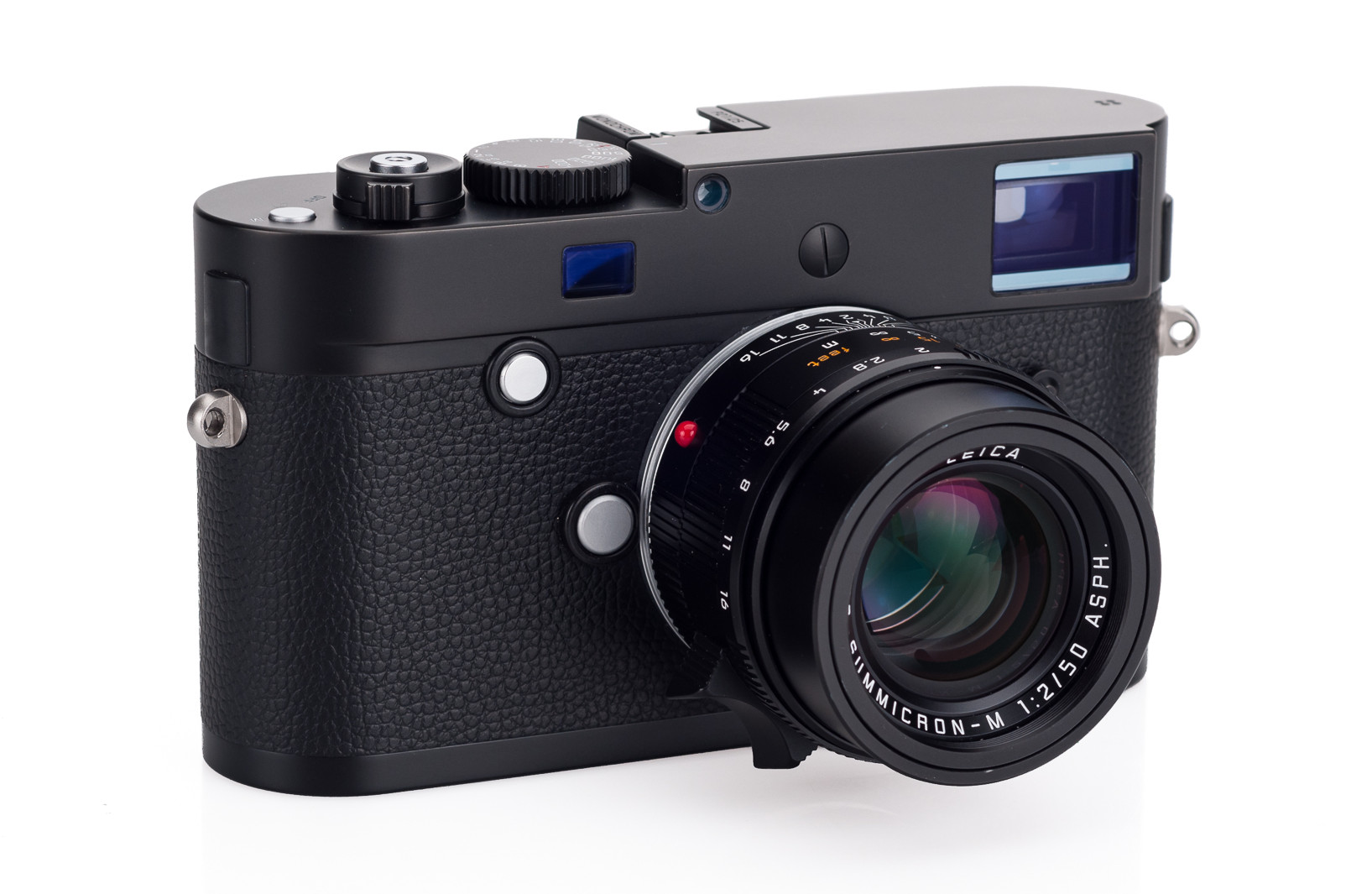
Introduced April 30, 2015
Based on Leica M (Typ 240)
24MP CMOS Sensor
ISO 320- 25,600
(Read the review here)
Leica M10 Monochrom
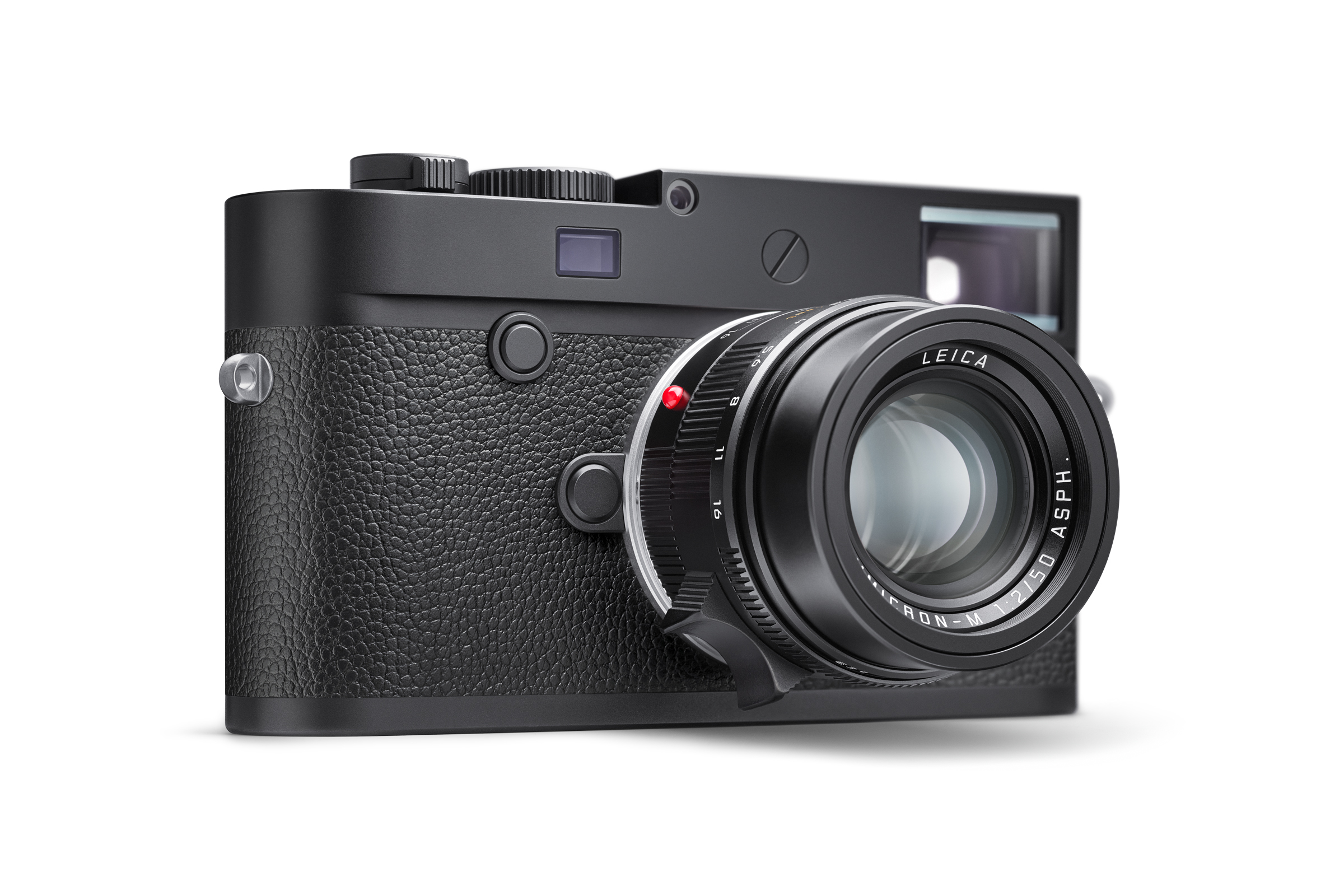
Introduced Jan 17, 2020
Based on Leica M10
40MP CMOS Sensor
ISO 160 – 100,000
Pricing, Availability and Ordering
Initial deliveries of the Leica M10 Monochrom will start within the next week for a price of $8,295. As with any major Leica camera launch, supply will be extremely limited for a number of months. If you are interested in ordering the M10 Monochrom, you can do so at Leica Store Miami by clicking the button below, calling 305-921-4433 or sending an email to info@leicastoremiami.com. If you are interested in trading in any other Leica equipment towards the purchase of the M10 Monochrom, your best option is to fill out their online trade-in form.
Compared to M10-P
| Leica M10-P | Leica M10 Monochrom | |
| ISO Range | 100-50,000 | 160-100,000 |
| Longest Shutter Speed | 2 minutes | 16 minutes |
| Buffer | 2gb for 22 DNG images | 2gb for 10 DNG images |
| Weight | 680 grams | 680 grams |
| Resolution | 24 megapixels | 40 megapixels |
| Top Plate Engraving | Yes, in white lettering | Minimal, in black lettering |
| Shutter Button & Lens Release | Silver | Black |
Compared to M Monochrom (Typ 246)
| Leica M Monochrom (Typ 246) | Leica M10 Monochrom | |
| Resolution | 24 megapixels | 40 megapixels |
| ISO Range | 320-25,600 | 160-100,000 |
| Longest Shutter Speed | 1 minute | 16 minutes |
| Shutter | Standard Mechanical | Ultra-Quiet Mechanical |
| Buffer | 2gb for 30 DNG images | 2gb for 10 DNG images |
| Burst Rate | 3 fps | 4.5 fps |
| LCD Touchscreen | No | Yes |
| Movie Mode | Yes – 1080P | No |
| Weight | 680 grams | 680 grams |
| Thickness | 42mm | 38.5mm |
| Wi-Fi | No | Yes – compatible with Leica FOTOS app |
| Viewfinder Magnification | 0.68x | 0.73x |
| EVF Compatibility | EVF 2 (1.4 MP) | Visoflex 020 (2.4 MP) |
| GPS Functionality | Via Multi-Function Handgrip | Via EVF |
| ISO Dial | No – Only via menu | Yes – 160 – 12,500 |
| Battery | BP-SCL2 | BP-SCL5 |
Sample Image Gallery
Tech Specs
| Camera type: | Leica M10 Monochrom, compact digital rangefinder system camera | |
| Lens mount: | Leica M bayonet with additional sensor for 6-bit coding | |
| Lens system: | Leica M lenses, R lenses can be used with optional adapter | |
| Image Sensor: | B/W CMOS chip, active area approx. 24×36 mm, without color and low-pass filter | |
| Resolution: | DNG: 7864 x 5200 pixels (40,89 MP), JPEG: 7840 x 5184 pixels (40,64 MP), 5472 x 3648 pixels (20 MP), 2976 x 1984 pixels (6MP) | |
| Data Format: | DNG (raw data, lossless compression), JPEG | |
| File Size: | DNG: 40-60 MB, JPEG (40MP)10-20 MB: Depending on resolution and picture content | |
| Buffer Memory: | 2GB / 10 pictures in series | |
| White Balance: | Automatic, manual, 8 presets, color temperature input | |
| Storage Medium: | SD cards up to 2GB, SDHC cards up to 32GB, SDXC cards up to 2TB | |
| Menu Language: | German, English, French, Spanish, Italian, Portuguese, Japanese, Traditional Chinese, Simplified Chinese, Russian, Korean | |
| Exposure Metering: | Exposure metering through the lens (TTL), with working aperture | |
| Metering Method: | For metering the light reflected by light blades of the 1st shutter curtain onto a measuring cell: Strong center-weighted; for metering on the sensor: Spot, center-weighted, multi-field metering | |
| Metering Range: | At room temperature and normal humidity for ISO 200, at aperture 1.0 EV-2 to EV19 at aperture 32. Flashing of the left triangular LED in the viewfi nder indicates values below the metering range | |
| Sensitivity Range: | ISO 160 to ISO 100,000 | |
| Exposure Modes: | Choice of automatic shutter speed control with manual aperture pre-selection – aperture priority A, or manual shutter speed and aperture setting | |
| Flash Exposure Control | ||
| Flash Unit Attachment: | Via accessory shoe with central and control contacts | |
| Synchronization: | Optionally triggered at the 1st or 2nd Shutter curtain | |
| Flash Sync Time: | 1/180s; slower shutter speeds can be used, if working below sync speed: Automatic changeover to TTL linear flash mode with HSS compatible Leica system flash units | |
| Flash Exposure Metering: | Using center-weighted TTL pre-flash metering with Leica flash units (SF40, SF64, SF26, SF60), or flash units compatible with the system with SCA3502 M5 adapter | |
| Flash Measurement Cell: | 2 silicon photo diodes with collection lens on the camera base | |
| Flash Exposure Compensation: | ±3EV in1⁄3 EV increments | |
| Displays in Flash Mode (in viewfinder only): | Using flash symbol LED | |
| Viewfinder | ||
| Construction Principle: | Large, bright line frame viewfinder with automatic parallax compensation | |
| Eyepiece: | Calibrated to -0.5 diopter; corrective lenses from -3 to +3 diopter available | |
| Image Field Limiter: | By activating two bright lines each: For 35 and 135mm, for 28 and 90mm, or for 50 and 75mm; automatic switching when lens is attached | |
| Parallax Compensation: | The horizontal and vertical difference between the viewfinder and the lens is automatically compensated according to the relevant distance setting, i.e. the viewfinder bright-line automatically aligns with the subject detail recorded by the lens. | |
| Matching Viewfinder & Actual Image: | At a range setting of 2m, the bright-line frame size corresponds exactly to the sensor size of approx. 23.9 x 35.8mm; at infinity setting, depending on the focal length, approx. 7.3% (28mm) to 18% (135mm) more is recorded by the sensor than indicated by the corresponding bright line frame and slightly less for shorter distance settings than 2m | |
| Magnification (For all lenses): | 0.73x | |
| Large-base Range Finder: | Split or superimposed image range finder shown as a bright field in the center of the viewfinder image | |
| Effective Metering Basis: | 50.6mm (mechanical measurement basis 69.31mm x viewfinder magnification 0.73x) | |
| Displays | ||
| In the Viewfinder: | Four-digit digital display with dots above and below | |
| On Back: | 3” color touchscreen TFT LCD with 16 million colors and 1,036,800 pixels, approx. 100% image field, glass cover of extremely hard, scratch resistant Gorilla glass, color space: sRGB, for Live-View and review mode, displays, level gauge display | |
| Shutter & Shutter Release | ||
| Shutter: | Metal blade focal plane shutter with vertical movement, near-silent operation | |
| Shutter Speeds: | For aperture priority: (A) continuous from 16min to 1⁄4000s., for manual adjustment: 8s to 1⁄4000s in half steps, from 8s to 16min in half steps, B: For long exposures up to maximum 16min (in conjunction with self-timer T function, i.e. 1st release = shutter opens, 2nd release = shutter closes), (1⁄180s): Fastest shutter speed for flash synchronization, HSS linear flash mode possible with all shutter speeds faster than 1⁄180s (with HSS-compatible Leica system flash units) | |
| Picture Series: | Approx. 4.5 pictures/s | |
| Shutter Release Button: | Two-stage, 1st step: Activation of the camera electronics including exposure metering and exposure lock (in aperture priority mode), 2nd step: Shutter release; standard thread for cable release integrated. | |
| Self-Timer: | Delay 2s (aperture priority and manual exposure setting) or 12s, set in menu, indicated by flashing LED on front of camera and corresponding display in monitor. | |
| Turning The Camera On/Off: | Using main switch on top of camera; optional automatic shutdown of camera electronics after approx. 2/5/10 minutes; reactivated by tapping the shutter release | |
| Power Supply: | 1 lithium ion rechargeable battery, nominal voltage 7.4V, capacity 1300mAh.; maximum charging current/voltage: DC 1000mA, 7.4V; Model No.: BP-SCL5; Manufacturer: PT. VARTA Microbattery, Made in Indonesia, Operating conditions (in camera): 0°C – + 40°C | |
| Charger: | Inputs: 100-240V AC, 50/60Hz, 300mA, automatic switching, or 12V DC, 1.3A; Output: DC 7.4V, 1000mA/max. 8.25V, 1100mA; Model No.: BC-SCL5; Manufacturer: Guangdong PISEN Electronics Co., Ltd., Made in China, Operating conditions: 0°C – + 35°C | |
| GPS: | Only with Leica Visoflex viewfinder attached, available as an accessory | |
| Wi-Fi: | Complies with IEEE 802.11b/g/n standard (standard WiFi protocol), channel 1-11, encryption method: WiFi-compatible WPA/WPA2 encryption, access method: Infrastructure mode | |
| Camera Body | ||
| Material: | All-metal die cast magnesium body, synthetic leather covering. Brass top panel and base, black chrome plated finish | |
| Image Field Selector: | Allows the bright-line pairs to be manually activated at any time (e.g. to compare detail) | |
| Tripod Thread: | A ¼” DIN stainless steel in bottom | |
| Operating Conditions: | 0-40°C | |
| Interfaces: | ISO accessory shoe with additional contacts for Leica Visoflex viewfinder (available as an accessory) | |
| Dimensions: | (width x depth x height): approx. 139 x 38.5 x 80mm | |
| Weight: | approx. 680g (with battery) | |
| Scope of Delivery: | Charger 100-240V with 2 mains cables (Euro, USA,) and 1 car charging cable, lithium ion battery, carrying strap, body bayonet cover, cover for accessory shoe |
Press Release
Wetzlar, 17 January 2020. Leica Camera AG has taken the next step forward in its successful digital black-and-white photography concept and presents the new Leica M10 Monochrom. With a newly developed 40-megapixel black-and-white sensor, the next camera generation delivers exceptional pictures that achieve an entirely new level of quality in black-and-white photography.
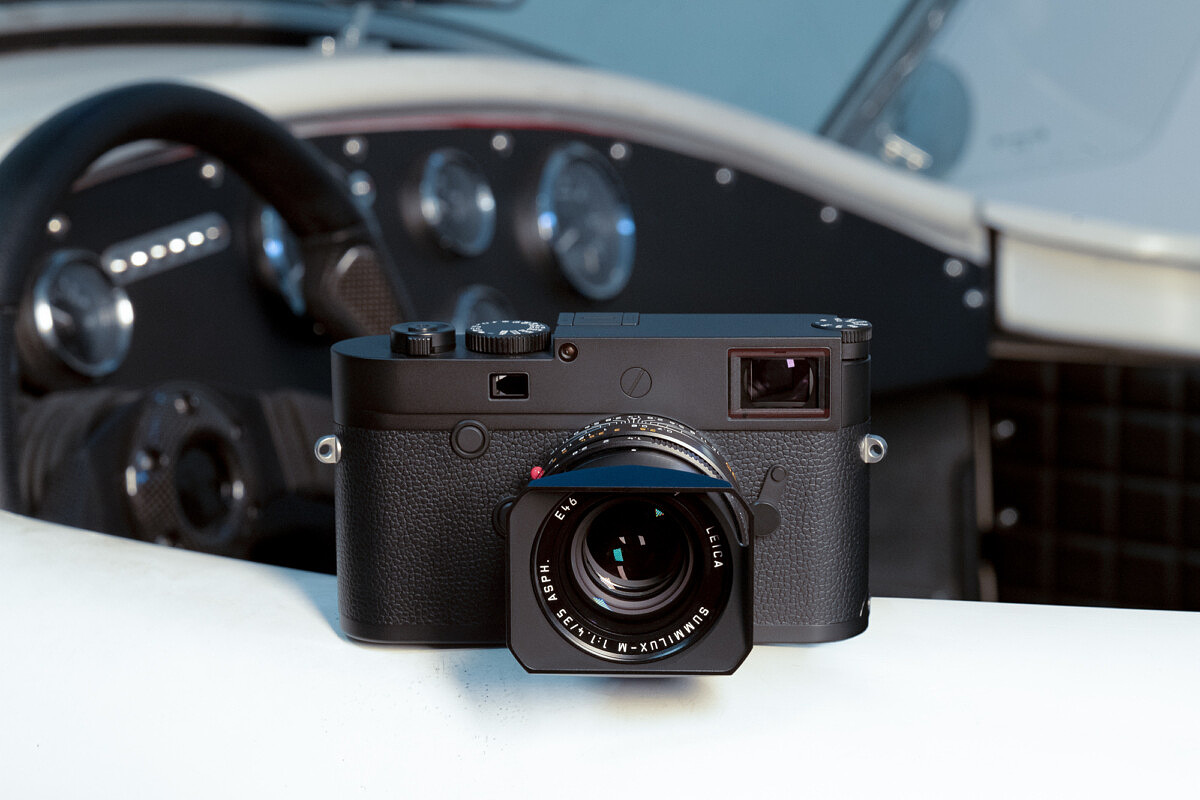
The ultra-high resolution black-and-white sensor of the M10 Monochrom delivers images with natural sharpness and previously unrivalled resolution of details in all lighting conditions. At the same time, the new M10 Monochrom is the first black-and-white camera of the rangefinder system to offer an exceptionally broad sensitivity range of ISO 160 to ISO 100000. Images captured at all ISO settings impress with finely grained rendition of details and no disturbing artefacts. As is the case with all Leica M-Cameras, the new black-and-white sensor is ideally matched to all lenses of the Leica M portfolio and fully exploits their performance with regard to contrast, resolution and rendition of finest structures. Photographers can therefore rest assured that the exceptional quality of the black-and-white images they capture brings out the best of every subject.
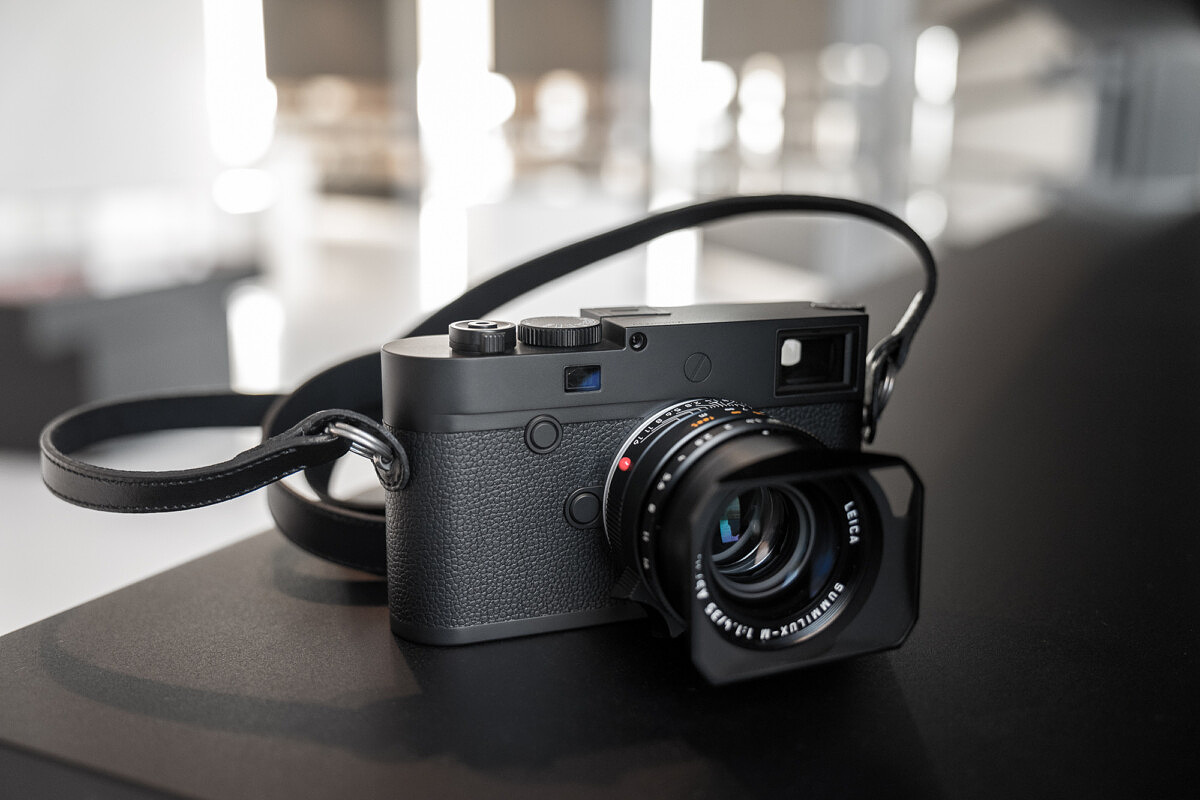
The technical details and the handling concept of the M10 Monochrom are identical to those of the serial production M10-P, a particularly discreet version of the Leica M-Camera that concentrates entirely on the most essential camera functions. Its features include an almost inaudible shutter and the quietest shutter release of all M-Cameras ever built, which make it the ideal tool for capturing authentic photographs from the heart of life itself. The design of the M10 Monochrom is as unobtrusive and minimalist as the discreet way of working it supports. The camera has no Leica red dot logo on the front and features only the discreetly engraved logotype ‘Leica M10 Monochrom’ on the top plate. The consistent omission of colour-filled engravings is a design element that additionally emphasises the black-and-white character of the camera.
The materials and finishing of the Leica M10 Monochrom correspond to the same high standards as those familiar from all other Leica M-Cameras. The camera is made almost completely by hand by experienced specialists in elaborate construction and assembly processes and is so robustly built that it can take even the toughest conditions in use in its stride. The new Leica M Monochrom therefore also stands for the exceptional quality and reliability that assure lifelong functionality and enduring value.

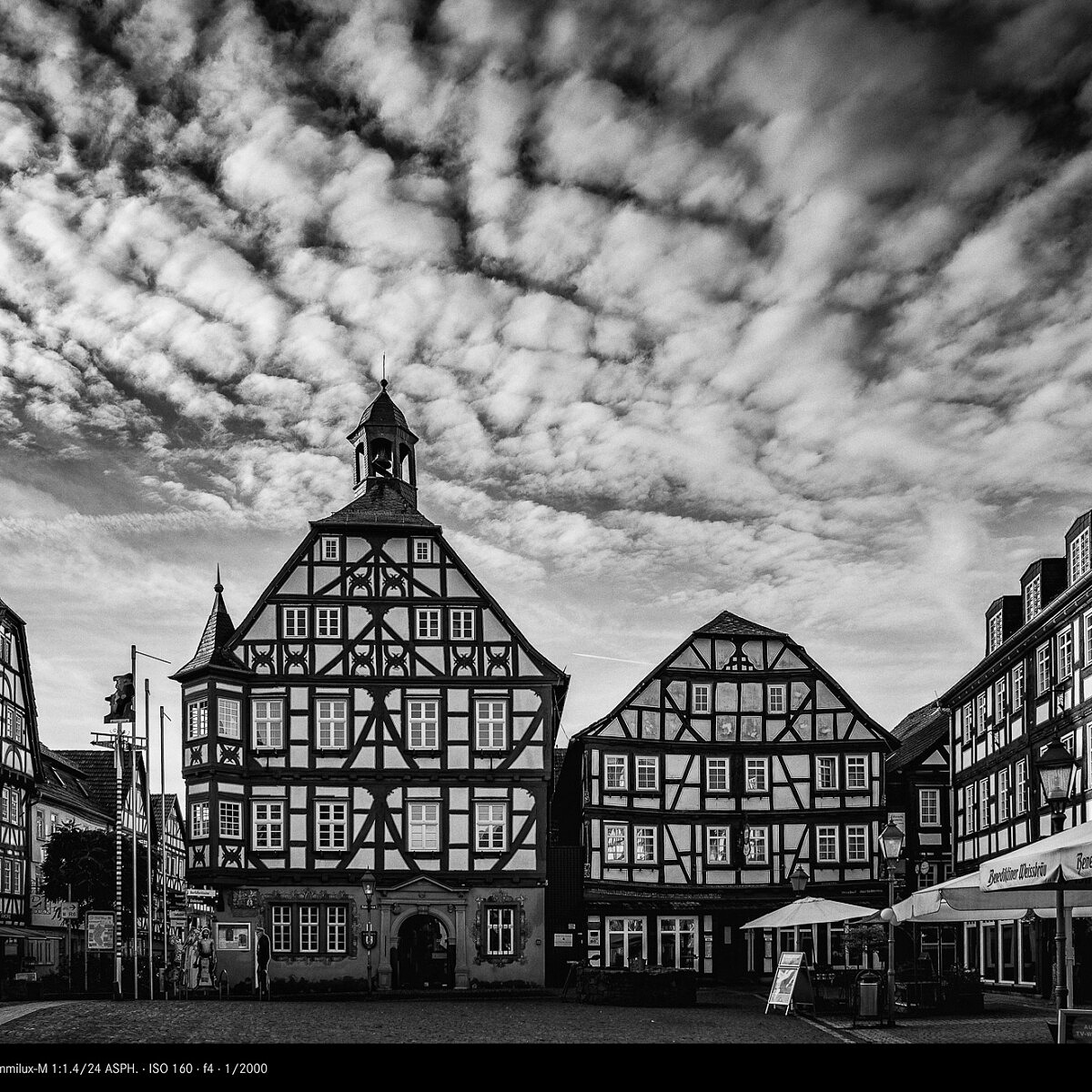
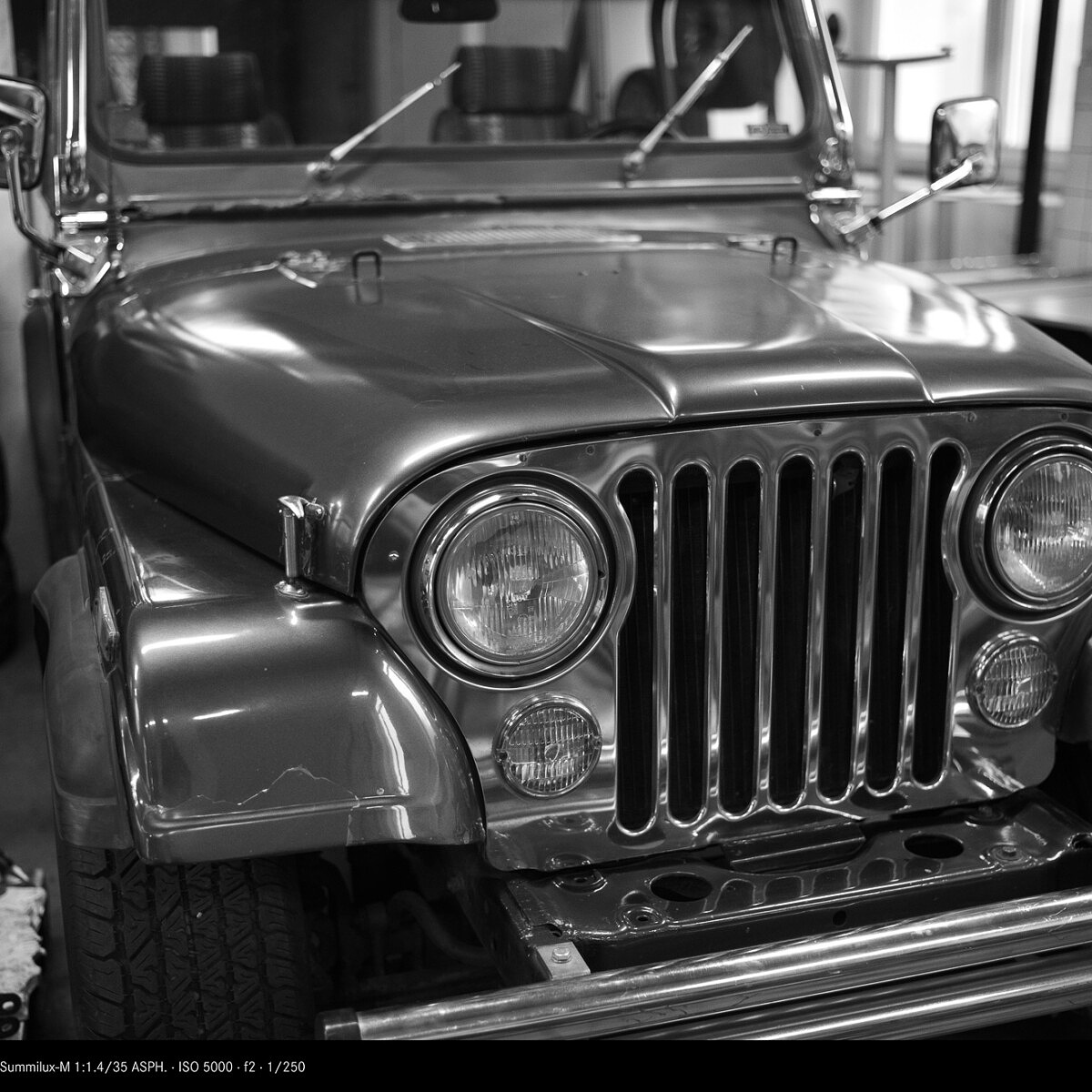
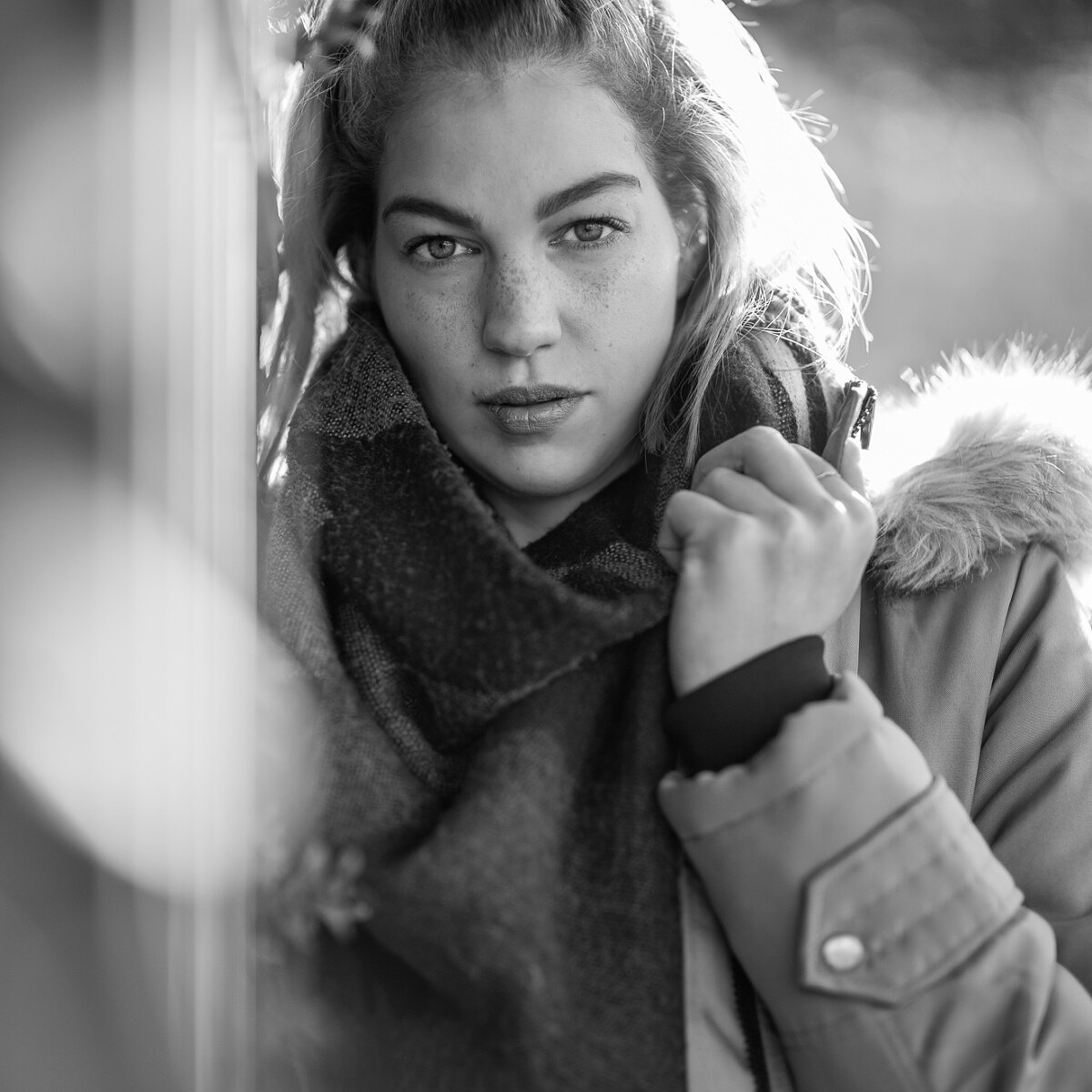
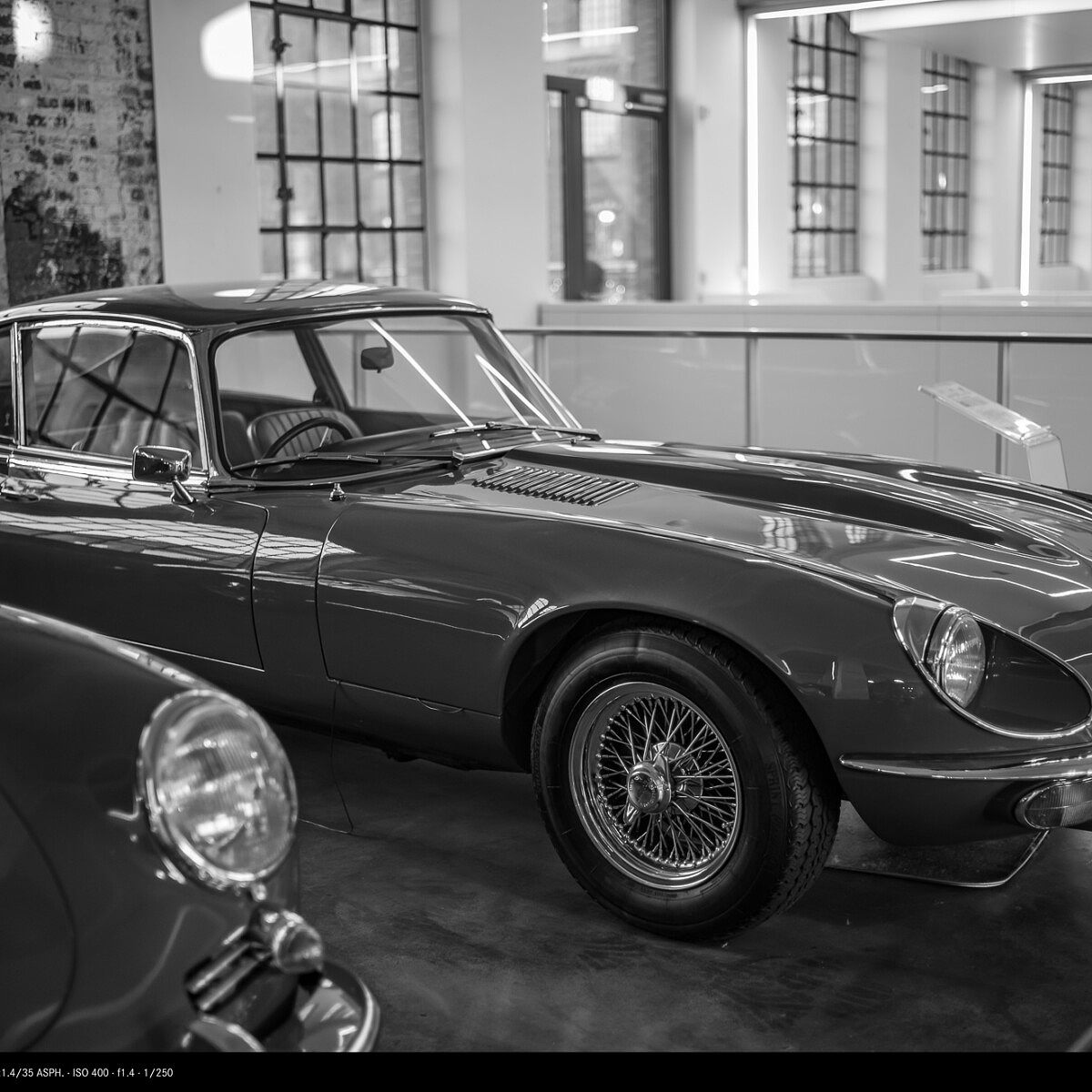
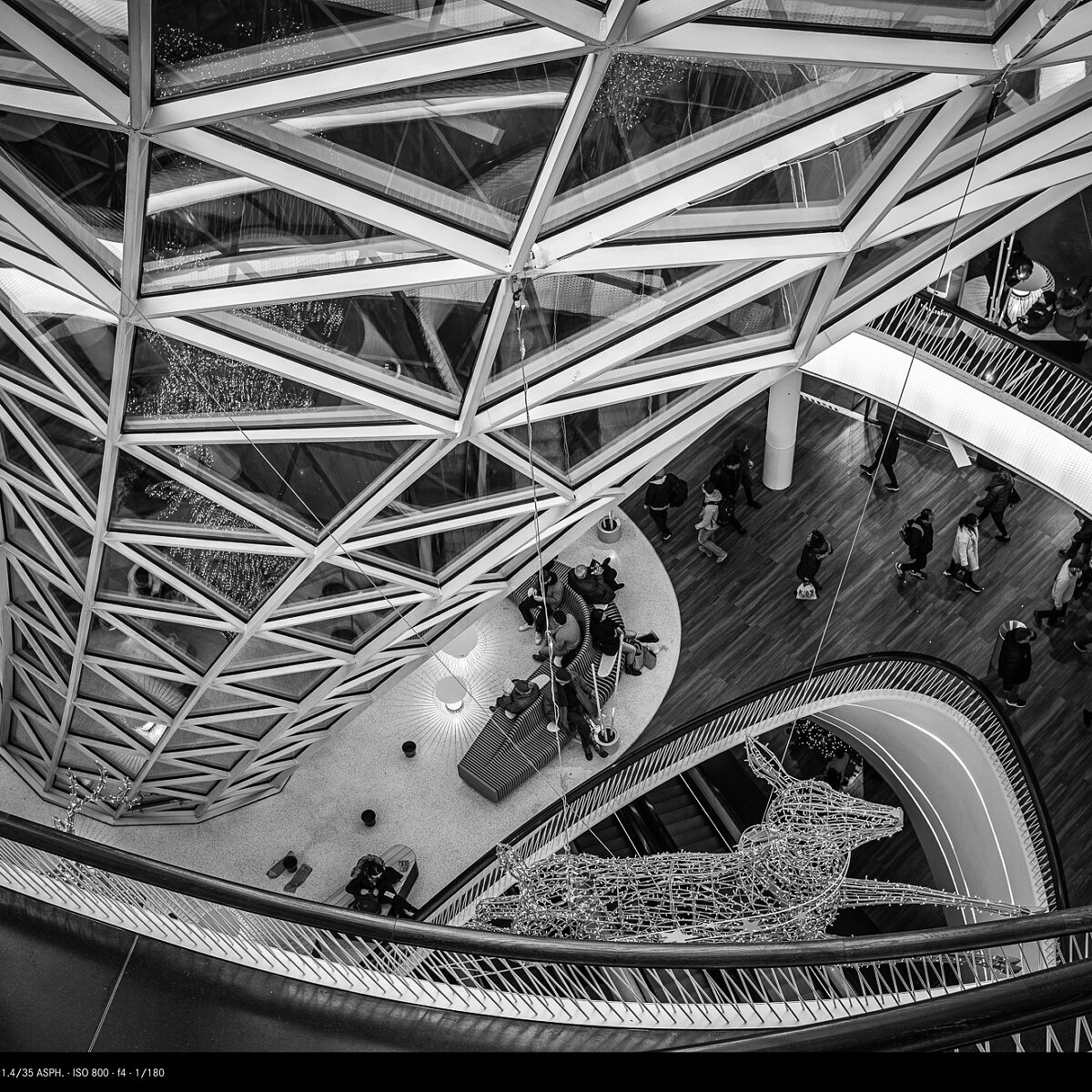
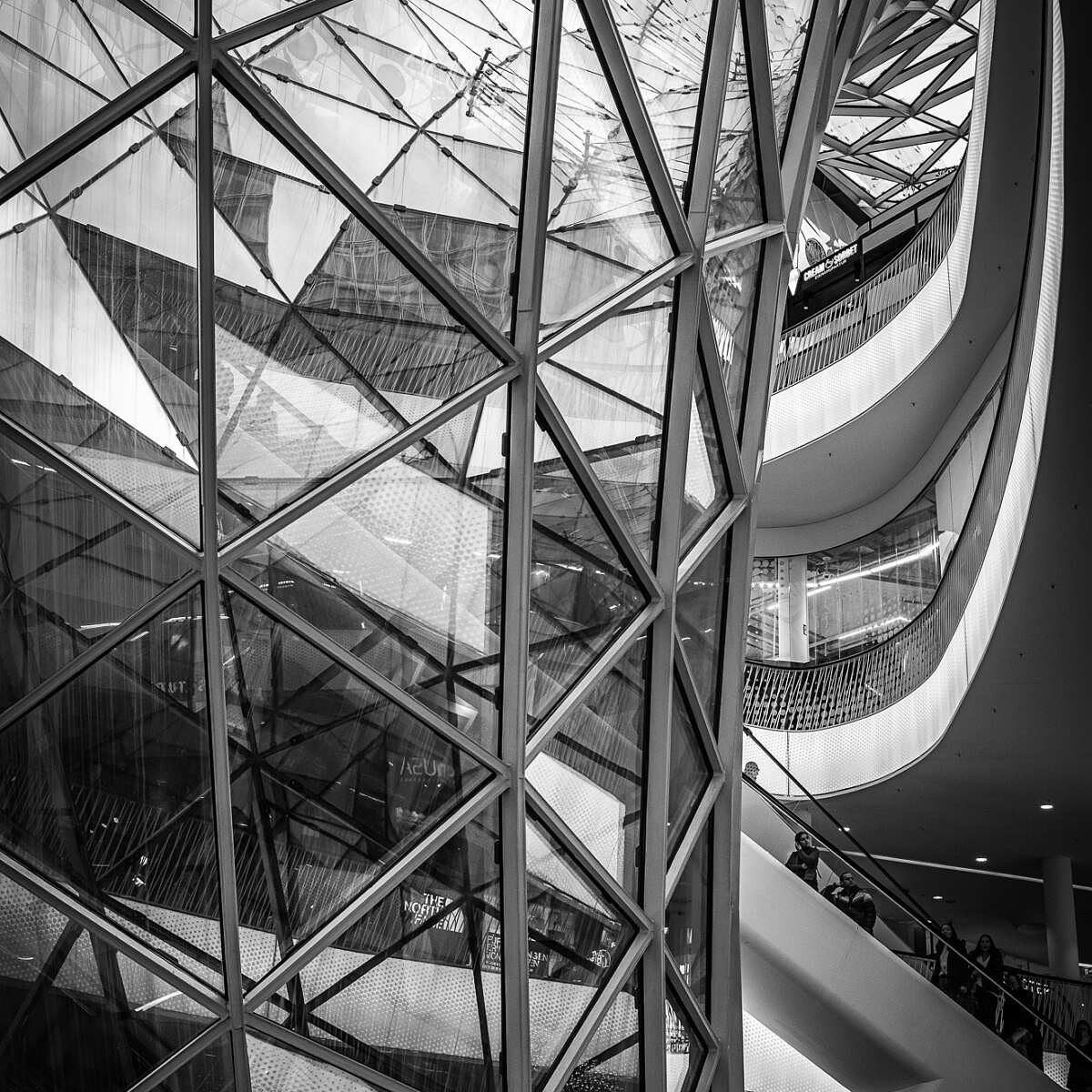

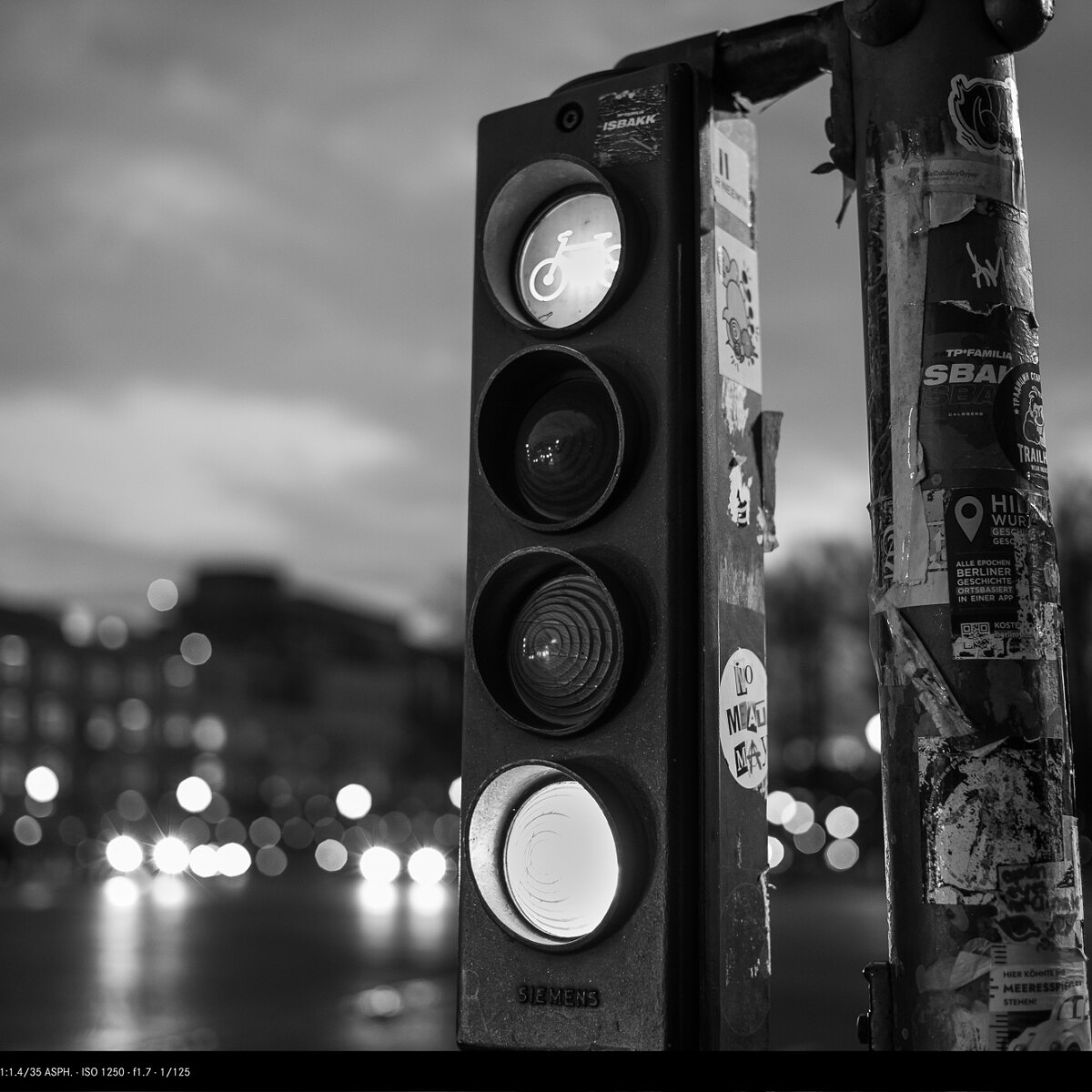

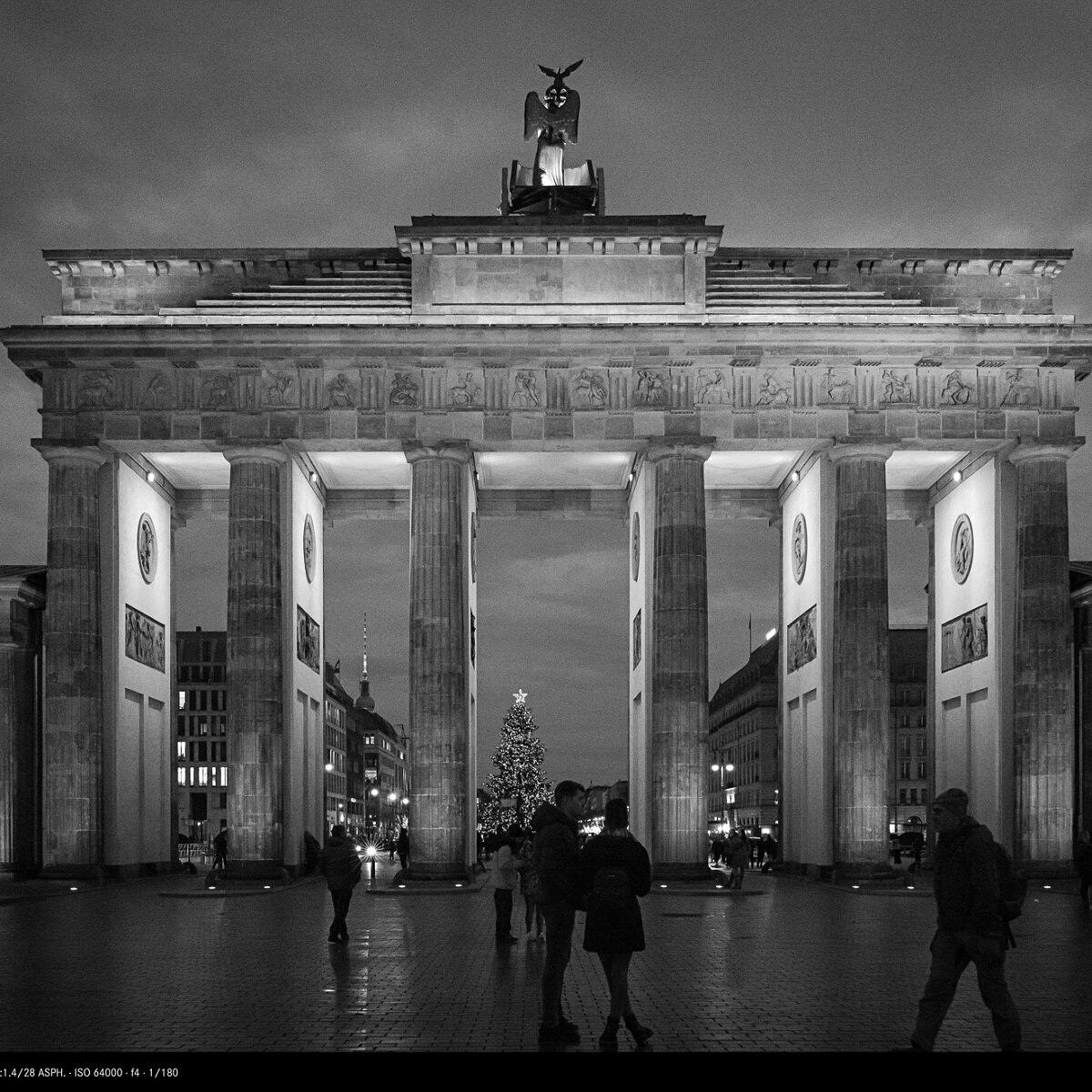
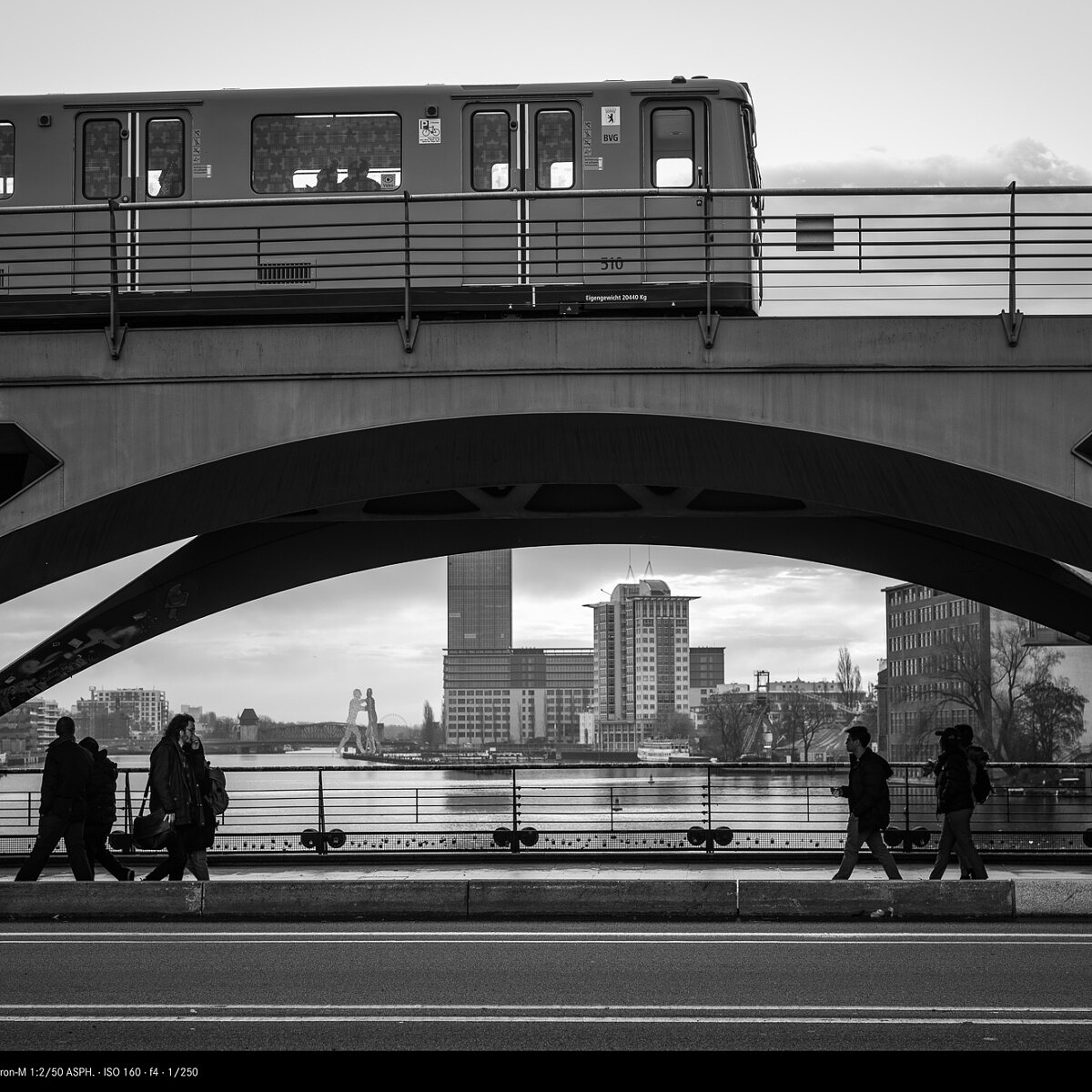
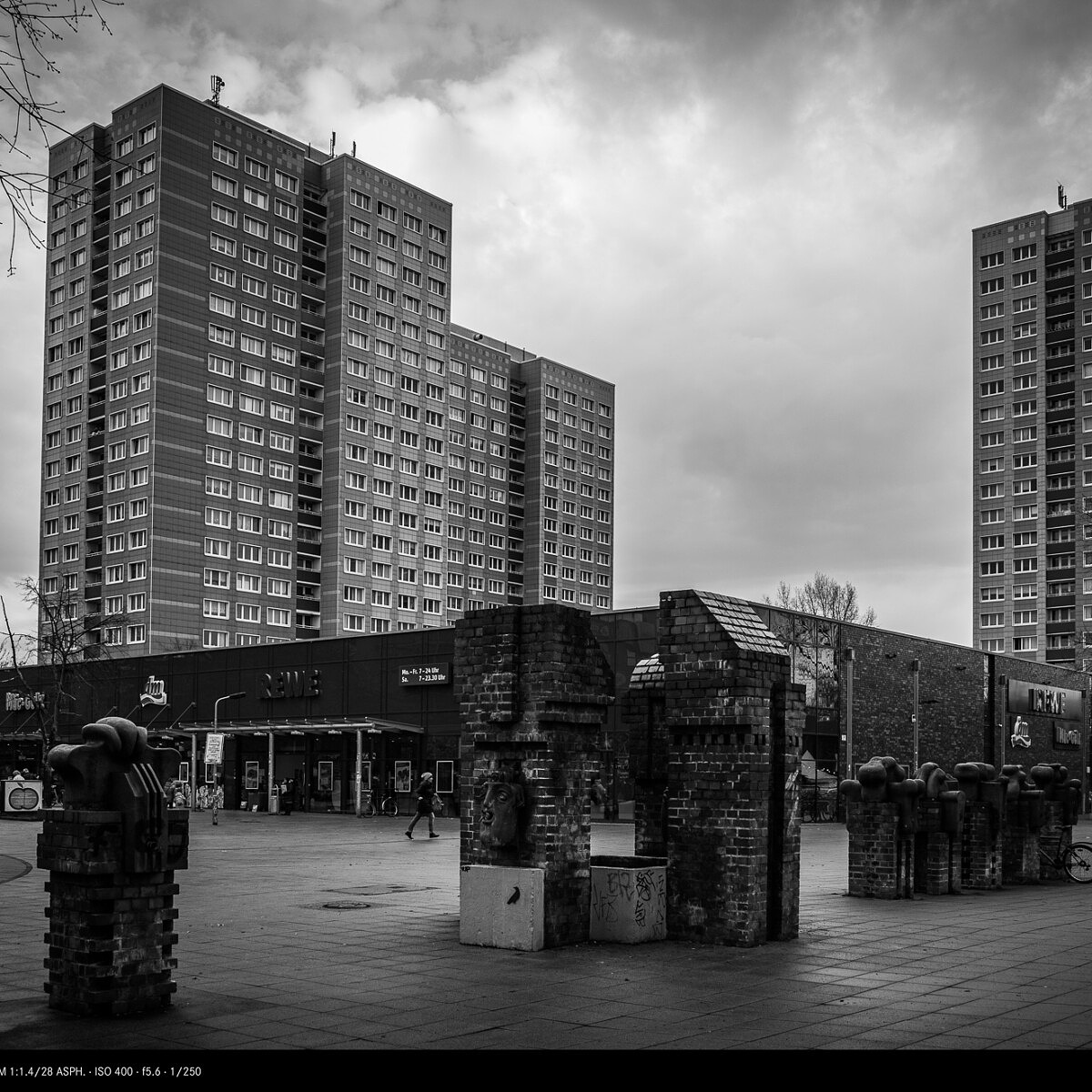
Thanks David,
Excellent as usual.
Your YouTube videos were helpful. When I saw how high you were shooting in ISO I was surprised. Setting Auto ISO was the answer, and a good procedure.
Jack